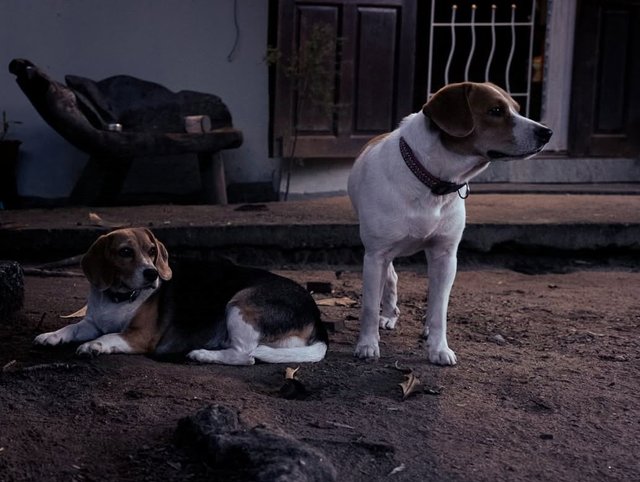So Cute Danish–Swedish Farmdog
The Danish–Swedish Farmdog: A Versatile and Historic Companion
The Danish–Swedish Farmdog is a breed of remarkable versatility, charm, and history. Despite its relative obscurity outside Scandinavia, this small yet hardy dog has gained admiration worldwide for its intelligence, loyalty, and adaptability. Here’s an in-depth exploration of this unique breed, tracing its origins, characteristics, and role in modern life.
Origins and History
The Danish–Swedish Farmdog has deep roots in rural Scandinavia, where it was traditionally bred as a working farm dog. While its exact origins are debated, the breed’s presence has been documented in Denmark and southern Sweden for centuries. It is believed to be related to small pinscher and terrier breeds that were brought to the region by travelers and merchants.
The Farmdog was bred primarily for its functional role on farms. It excelled at hunting vermin, guarding property, herding livestock, and even providing companionship to its human family. Its agility, intelligence, and boundless energy made it indispensable in agricultural communities.
In the late 20th century, as farming practices modernized and urbanization spread, the breed faced a decline. However, dedicated breeders and enthusiasts in Denmark and Sweden collaborated to preserve the breed, culminating in its recognition as a distinct breed by the Danish Kennel Club and the Swedish Kennel Club in 1987.
Physical Characteristics
The Danish–Swedish Farmdog is a small to medium-sized breed, compact yet athletic. Its appearance is often compared to that of the Jack Russell Terrier, but it has distinctive traits that set it apart:
Size: Adult Farmdogs stand about 12–15 inches tall at the shoulder and weigh between 15–25 pounds.
Coat: Their coat is short, smooth, and easy to maintain, typically white with patches of black, brown, or tan.




Device Information
| Device | Redmi Note 10 Pro |
|---|---|
| Location | Bangladesh |
